45 organic food standards and labels the facts
Understanding the USDA Organic Label Organic products imported to the U.S. must comply with the USDA organic regulations or be certified to an equivalent international standard, meet U.S. labeling requirements, and maintain organic integrity during the import process. If your product is not certified to one of these standards, you must not make any organic claim on the principal display panel or use the USDA organic seal anywhere on the package. Organic on Food Labels | FDA Organic on Food Labels FDA does not regulate the use of the term "organic" on food labels. The National Organic Program (NOP) is the federal regulatory framework governing organically produced...
What we know today about organic food - MSU Extension Food with a United States Department of Agriculture (USDA) Certified Organic label is food that has been produced according to a certain set of standards. To summarize these standards, organic producers must follow specific practices regarding livestock handling, pest control, crop production, soil and water quality, and food additives.
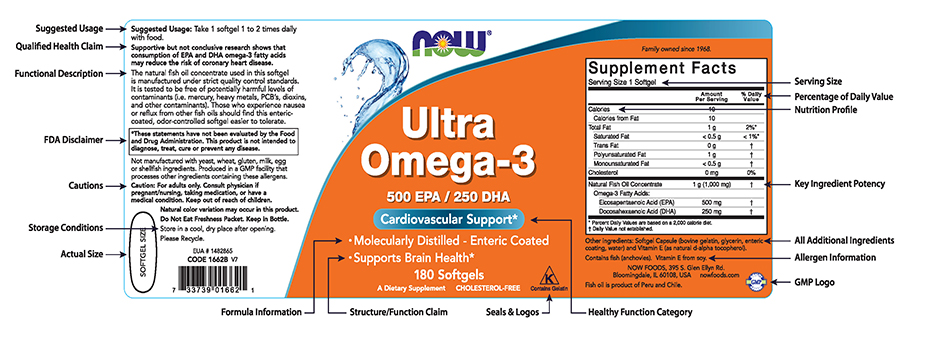
Organic food standards and labels the facts
Organic Food - FoodFacts Foods made with 70 - 95% organic ingredients can be labeled as "made with organic…" naming the specific ingredients that comply. This claim can be made on the front of the packaging food containing less than 70% organic ingredients may list specific organically produced ingredients on the side of the packaging, but not on the front panel Organic Food Standards and Labels: The Facts - MedicineNet Only food labeled "organic" has been certified as meeting USDA organic standards. For more detailed information on the USDA organic standards, visit our web site at , call the National Organic Program at 202-720-3252, or write USDA-AMS-TM-NOP, Room 4008 S. Bldg., Ag Stop 0268, 1400 Independence, SW, Washington, DC 20250. Organic Foods | Food and Nutrition Information Center - USDA Organic Food Standards and Labels: The Facts. University of Wisconsin Cooperative Extension. Explains what the organic label means on foods and how to identify organic foods in the grocery store.
Organic food standards and labels the facts. These 68 Organic Food Statistics Predict Huge Market Shifts Top 10 Organic Food Statistics and Facts Over 90% of all corn in the United States is a product of genetic engineering. Over 71 million hectares of farmlands are organically cultivated globally. The UK had about 489,000 hectares of organic farms in 2020. Worldwide sales of organic foods will amount to $849.7 billion by the end of 2028. Meat and Poultry Labeling Terms | Food Safety and Inspection Service For information about the National Organic Program and use of the term "organic" on labels, refer to these factsheets from the USDA Agricultural Marketing Service: Organic Food Standards and Labels: The Facts; Labeling and Marketing Information Labeling Organic Products | Agricultural Marketing Service All instances of specific fibers in finished product are certified organic: label may claim the specific fibers are organic and identify the percentage of organic fibers; Global Organic Textile Standard (GOTS): textiles that meet this standard may be sold as organic in the United States. Textiles: Unless the finished product is certified to the USDA organic regulations, product labels may not state or imply that the finished product is USDA organic or use the USDA organic seal. All About Organic Foods | Food Safety and Health · We share the relevant. You must look at package labels and watch for signs in the supermarket. Along with the national organic standards, USDA developed strict labeling rules to help consumers know the exact organic content of the food they buy. The USDA Organic seal also tells you that a product is at least 95 percent organic. Single-ingredient foods
Facts about Organic Food that You Didn't Know And then, there was another time when organic food was sold only in the health food stores. They were labeled "organic" and people paid extra to buy environmentally friendly, natural food. Today organic food is undeniably mainstream; every grocery store, including the giants like Wal-Mart, carry organic foods. We are often confused by different choices that we have when buying food. We see labels like organic, free-range, natural, sustainable, permaculture and so on. Some foods are ... Organic 101: What the USDA Organic Label Means | USDA USDA certified organic foods are grown and processed according to federal guidelines addressing, among many factors, soil quality, animal raising practices, pest and weed control, and use of additives. Organic producers rely on natural substances and physical, mechanical, or biologically based farming methods to the fullest extent possible. STUDY CONFIRMS ORGANIC FOODS HAVE FEWER PESTICIDES - Ecomall ORGANIC FOOD STANDARDS AND LABELS: THE FACTS The U.S. Department of Agriculture has put in place a set of national standardsthat food labeled "organic"must meet, whether it is grown in the United States or imported from othercountries. After October 21, 2002, when you buy food labeled "organic"you can be sure that it was produced using the highest organic production andhandling standards in ... 11 Facts About Organic Food | DoSomething.org Industry analysts estimate that US organic food sales were $28 billion in 2012 (over 4 percent of total at-home food sales), up 11 percent from 2011. [6] Products labeled "organic" may reflect higher prices because the production process is often on a smaller scale with more labor- and management-intensive practices and stricter regulations.
Making informed an choice on organic food - GreenFacts Introduction. Demand for organic food is growing. A public consultation on organic agriculture highlighted the public's concerns with environmental and quality issues, and showed a clear demand for strengthened and more uniform organic rules (86%), and improved control systems (58%). The report provides answers to the questions on how is production and labelling regulated in Europe and what ... What Does Organic Mean? The Facts about Organic Food Standards and Labels Only food labeled "organic" has been certified as meeting USDA organic standards. For more detailed information on the USDA organic standards, visit the USDA National Organic Program website. or call the National Organic Program at 202-720-3252, or write USDA-AMS-TM-NOP, Room 4008 S. Bldg., Ag Stop 0268, 1400 Independence, SW, Washington, DC 20250. Organic food: labelling and advertising rules - GOV.UK When you can label your product as 'organic' You can only label foods as 'organic', or use terms relating to organic production methods, if: at least 95% of the product's agricultural ingredients... Organic Production/Organic Food: Information Access Tools Organic food is produced without using most conventional pesticides; fertilizers made with synthetic ingredients or sewage sludge; bioengineering; or ionizing radiation. Before a product can be labeled 'organic,' a Government-approved certifier inspects the farm where the food is grown to make sure the farmer is following all the rules necessary to meet USDA organic standards. Companies that handle or process organic food before it gets to your local supermarket or restaurant must be ...
50 Interesting Organic Food Facts | FactRetriever.com Organic food labeling standards are based on the percentage of organic ingredients in a product. Products labeled "100% organic" must contain only organically produced ingredients. Products labeled "organic" must contain at least 95% organically produced ingredients.

Organic Food Facts… | The Food Cop | Organic recipes, Benefits of organic food, Food facts
Organic food - Wikipedia Organic food production is distinct from private gardening.In the EU, organic farming and organic food are more commonly known as ecological or biological, or in short 'eco' and 'bio'. Currently, the European Union, the United States, Canada, Japan, and many other countries require producers to obtain special certification based on government-defined standards in order to market food as ...
Organic claims on food labels - Canadian Food Inspection Agency Language requirements. Organic on labels accompanying bulk products. Non permitted claims. 100% organic or 100% organic (product name) Certified organic. Made with organic ingredients. Use of the organic logo on organic products. Use of organic logo for information purposes. Organic products sold intraprovincially.

What Does it Really Mean When Food is Labeled as ‘Organic’? | Organic health, Food labels ...
Organic Food: Fact vs. Perception | American Heart Association For agricultural products, these requirements include nonuse of hormones, pesticides, irradiation or bioengineering. Animals used for meat, poultry, eggs or dairy products must not receive antibiotics or growth hormones. Organic products are subject to the same USDA safety standards as all other food products.
Organic Standards | OTA These standards require that products bearing the USDA organic label be grown and processed without the use of toxic and synthetic pesticides and fertilizers, genetic engineering, antibiotics, synthetic growth hormones, artificial flavors, colors, preservatives, sewage sludge and irradiation.
Organic foods: Are they safer? More nutritious? - Mayo Clinic The USDA guidelines describe organic foods on product labels as:. 100% organic. This label is used on certified organic fruits, vegetables, eggs, meat or other foods that have one ingredient. It may also be used on food items with many ingredients if all the items are certified organic, except for salt and water.
Organic - Open Food Facts Organic food is food produced by methods complying with the standards of organic farming and features practices that cycle resources, promote ecological balance, and conserve biodiversity. Products that have the label Organic 145,193 products Recently modified products Explore products by... Pages: 1 2 3 4 … 1450 1451 1452 Next
Organic Food: 1. Introduction - GreenFacts The principles governing organic food in the European Union (EU) are defined in Regulation No 834/2007 and Regulation No 889/2008 on organic production and labelling. This method of production pursues the respect of nature's systems and cycles, a high level of biodiversity, responsible use of energy and natural resources such as water, soil, organic matter and air, and high animal welfare ...
The Organic Seal | Agricultural Marketing Service The labeling requirements of the NOP apply to raw, fresh products and processed products that contain organic agricultural ingredients. Agricultural products that are sold, labeled, or represented as organic must be produced and processed in accordance with the NOP standards.
Organic vs. Non-Organic Food Facts - Connected Women Organic-Must-Buy. The Environmental Working Group says that 99% of apples, 98% of peaches and 97% of nectarines are all positive for at least one pesticide residue. Most of all non-organic grapes and bell peppers tested positive for 15 different pesticides while cherry tomatoes, snap peas and strawberries showed 13 different pesticides.
"Organic" Foods: Certification Does Not Protect Consumers Organic foods embody thousands of antibiotic and anti-viral elements that are present only in highly composted organic soil. When we eat these foods, they deposit these elements absorbed from the soil into our bodies, where they can then go on to patrol and clean out all forms of disease and prevent further attack.
Organic Foods | Food and Nutrition Information Center - USDA Organic Food Standards and Labels: The Facts. University of Wisconsin Cooperative Extension. Explains what the organic label means on foods and how to identify organic foods in the grocery store.
Organic Food Standards and Labels: The Facts - MedicineNet Only food labeled "organic" has been certified as meeting USDA organic standards. For more detailed information on the USDA organic standards, visit our web site at , call the National Organic Program at 202-720-3252, or write USDA-AMS-TM-NOP, Room 4008 S. Bldg., Ag Stop 0268, 1400 Independence, SW, Washington, DC 20250.
Organic Food - FoodFacts Foods made with 70 - 95% organic ingredients can be labeled as "made with organic…" naming the specific ingredients that comply. This claim can be made on the front of the packaging food containing less than 70% organic ingredients may list specific organically produced ingredients on the side of the packaging, but not on the front panel
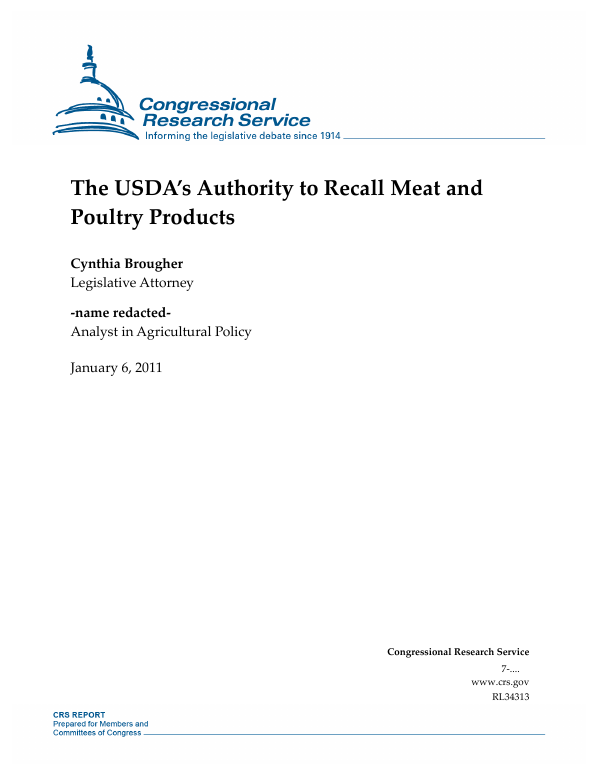
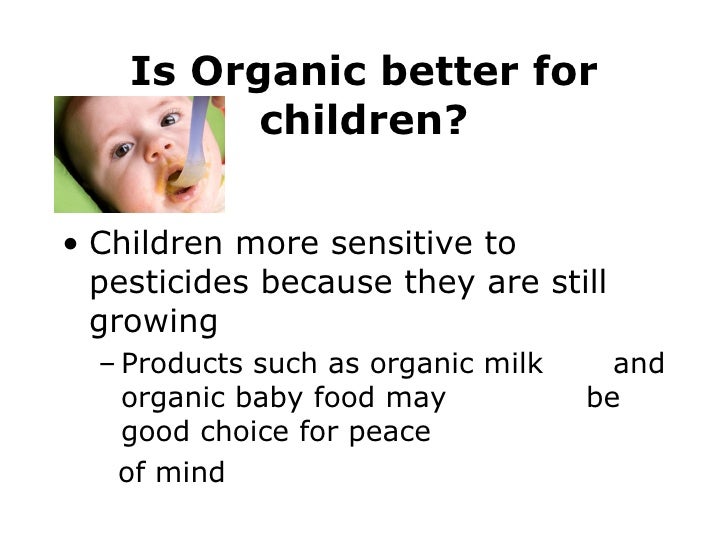



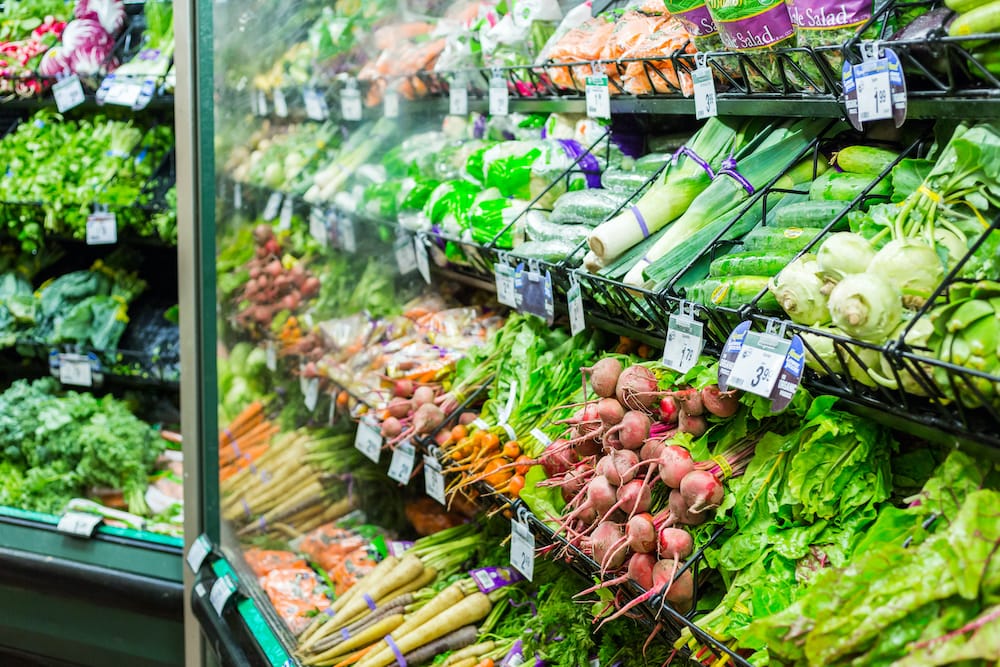



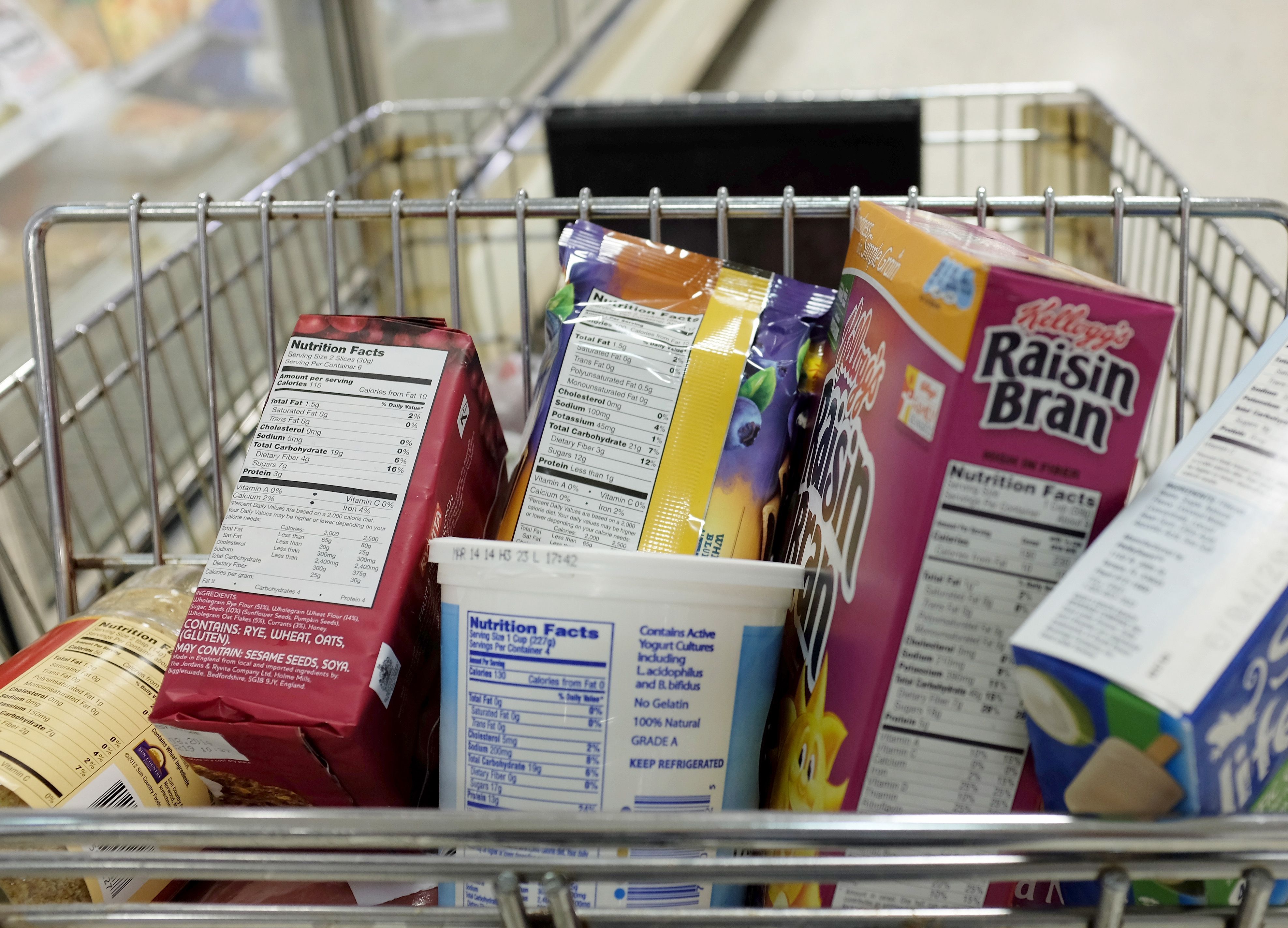



Post a Comment for "45 organic food standards and labels the facts"